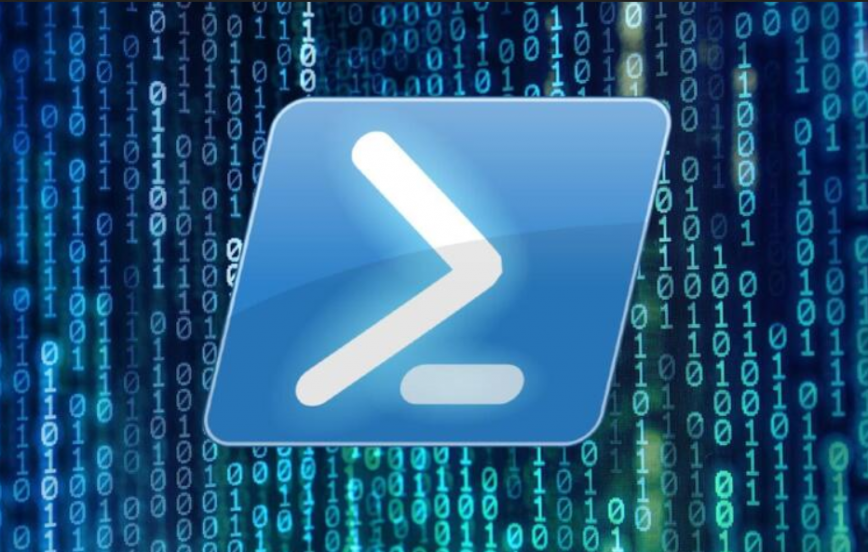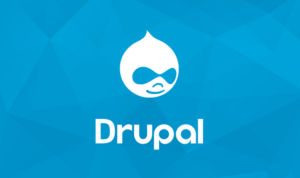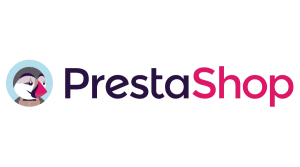Windows PowerShell is a command-line shell and scripting language designed especially for system administration. Its analogue in Linux is called as Bash Scripting. Built on the .NET Framework. It helps IT professionals to control and automate the administration of the Windows operating system and applications that run on Windows Server environment.
What is Windows PowerShell
Windows PowerShell commands, called cmdlets, let you manage the computers from the command line. Windows PowerShell providers let you access data stores, such as the Registry and Certificate Store, as easily as you access the file system.
In addition, it has a rich expression parser and a fully developed scripting language. So in simple words you can complete all the tasks that you do with GUI and much more.
Why Use Windows PowerShell?
Here, are some important reason for using Powershell:
Powershell offers a well-integrated command-line experience for the operation system
PowerShell allows complete access to all of the types in the .NET framework
Trusted by system administrators.
PowerShell is a simple way to manipulate server and workstation components
It’s geared toward system administrators by creating a more easy syntax
PowerShell is more secure than running VBScript or other scripting languages
PowerShell History
PowerShell first version 1.0 was released in 2006. Today, PowerShell is at version 5.1. As the year and version gone by, PowerShell’s capabilities and hosting environments grew significantly.
Let See Version wise History of Powershell:
PowerShell version 1 supported the local administration of Windows Server 2003
PowerShell 2.0 was integrated with Windows 7 and Windows Server 2008 R2. This version supports for remoting and enhances the capabilities of PowerShell like transactions, background jobs, events, debugging, etc.
PowerShell 3.0 was released as an internal part of the Windows management framework. It was installed on Windows 8 and Windows Server 2012. You can add and scheduled jobs, session connectivity, automatic module loading, etc.
PowerShell 4.0 was shipped with Windows 8.1 and Windows Server 2012 R2. In this version added support for desired state configuration, enhanced debugging, network diagnostics.
PowerShell 5.0 was released as internal part of Windows management framework 5. The feature offers in this version are remote debugging, class definitions, .NET enumerations, , etc.
Features of Powershell
PowerShell Remoting: PowerShell allows scripts and cmdlets to be invoked on a remote machine.
Background Jobs: It helps you to invoked script or pipeline asynchronously. You can run your jobs either on the local machine or multiple remotely operated machines.
Transactions: Enable cmdlet and allows developers to perform
Evening: This command helps you to listen, forwarding, and acting on management and system events.
Network File Transfer: Powershell offers native support for prioritized, asynchronous, throttled, transfer of files between machines using the Background Intelligent Transfer Service (BITS) technology.
How to launch PowerShell
It is pre-installed in all latest versions of Windows. We need to launch PowerShell for that we need to follow the given steps:
Step 1) Search for PowerShell in Windows. Select and Click
Step 2) Power Shell Window Opens
PowerShell Cmdlet
A cmdlet which is also called Command let is a is a lightweight command used in the Window base environment. It invokes these cmdlets in the command prompt. You can create and invoke cmdlets command using PowerShell APIS.
Cmdlet vs. Command:
Cmdlets are different from commands in other command-shell environments in the following manners −
Cmdlets are .NET Framework class objects It can’t be executed separately
Cmdlets can construct from as few as a dozen lines of code
Parsing, output formatting, and error presentation are not handled by cmdlets
Cmdlets process works on objects. So text stream and objects can’t be passed as output for pipelining
Cmdlets are record-based as so it processes a single object at a time
Most of the functionality comes from Cmdlet’s which is always in verb-noun format and not plural. Moreover, Cmdlet’s return objects not text. A cmdlet is a series of commands, which is more than one line, stored in a text file with a .ps1 extension.
A cmdlet always consists of a verb and a noun, separated with a hyphen. Some of the verbs use for you to learn PowerShell is:
Get — To get something
Start — To run something
Out — To output something
Stop — To stop something that is running
Set — To define something
New — To create something







